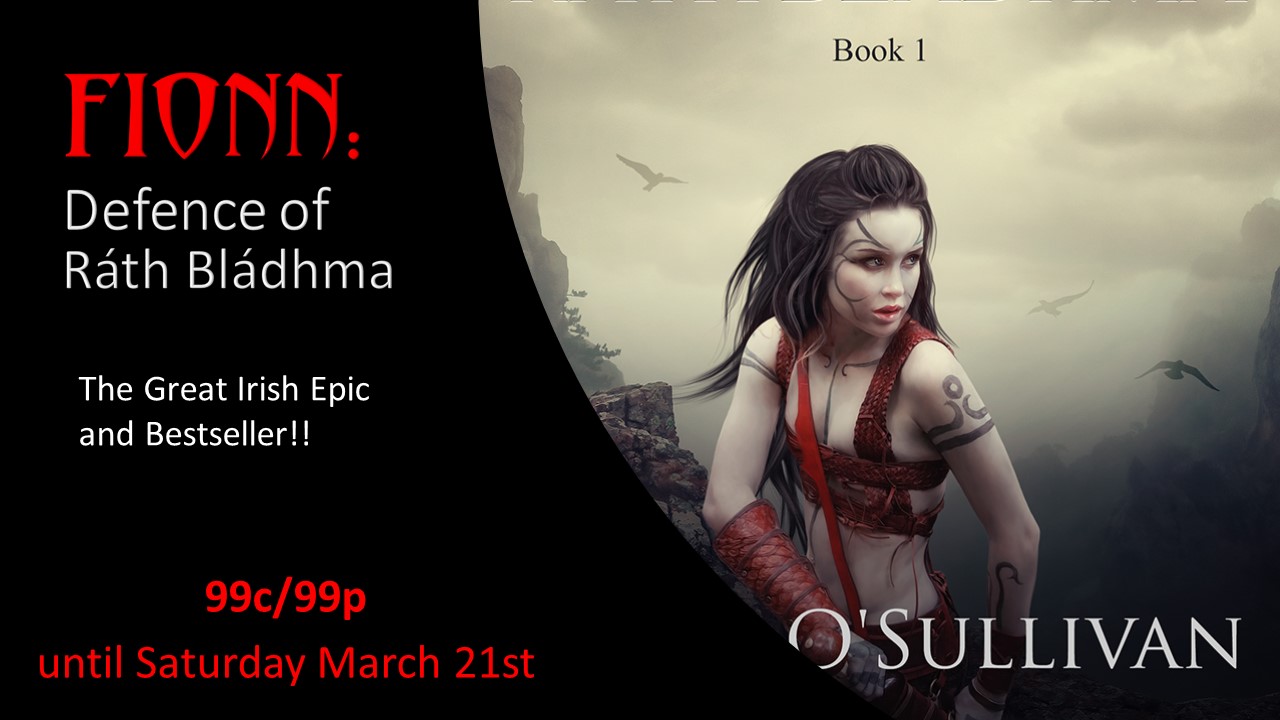
FIONN: Defence of Ráth Bládhma Sale and Background Notes


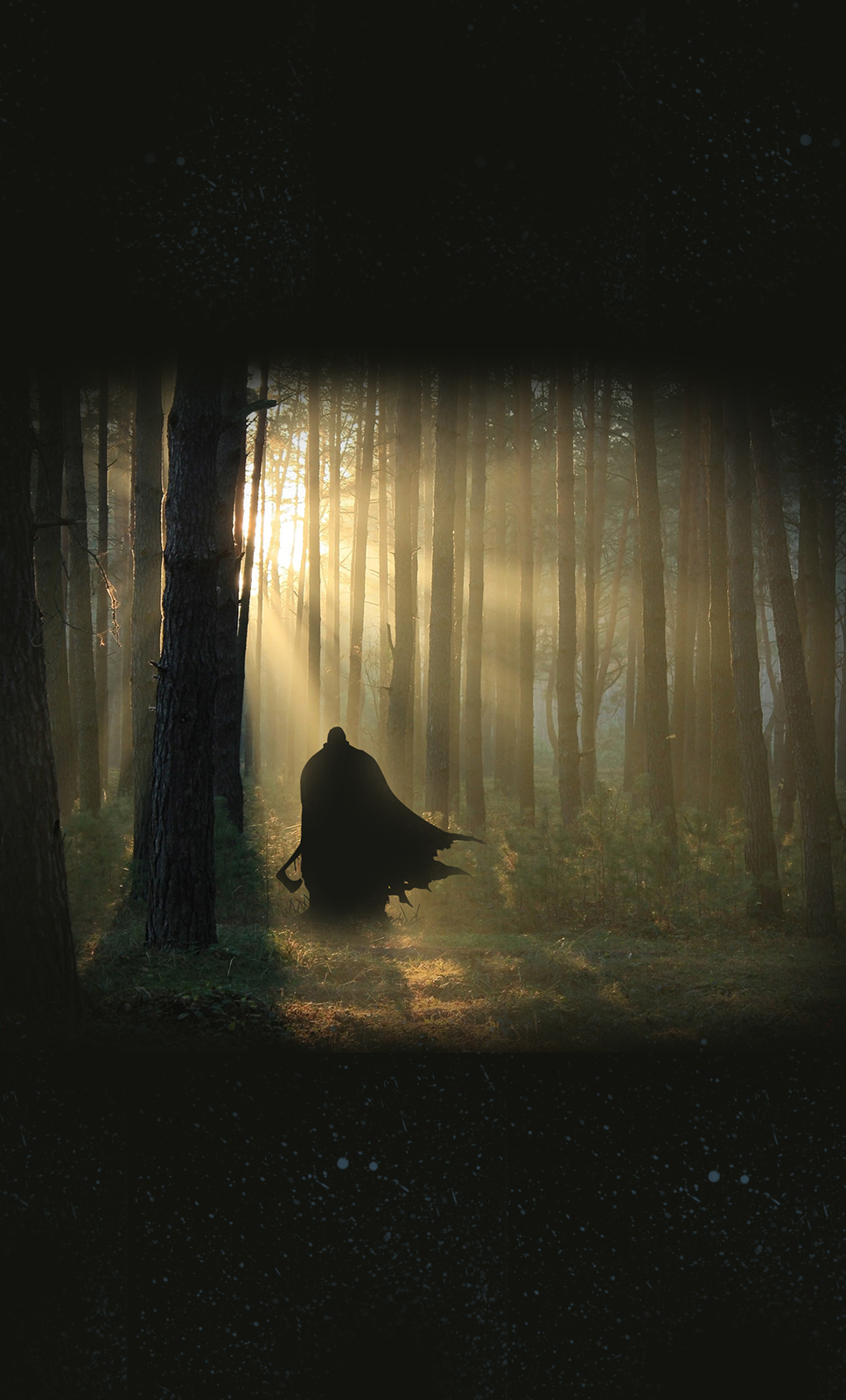
A gorgeous image from artist Bryan Mahy for the “Dark Dawn/ Camhaoir Fuilsmeartha Project” I’m currently working on.
This was intended to be released this month but delays outside my control mean it probably won’t be available for a little longer.
Subject-wise, this is a story about a dying warrior defending the isolated settlement of Ráth Bládhma, future home of Fionn mac Cumhaill. It’s a stand-alone, once-off, spin-off from the Fionn mac Cumhaill Series and people will either love it or hate it.
It will have its own page soon but for the moment the best source of information is probably here:
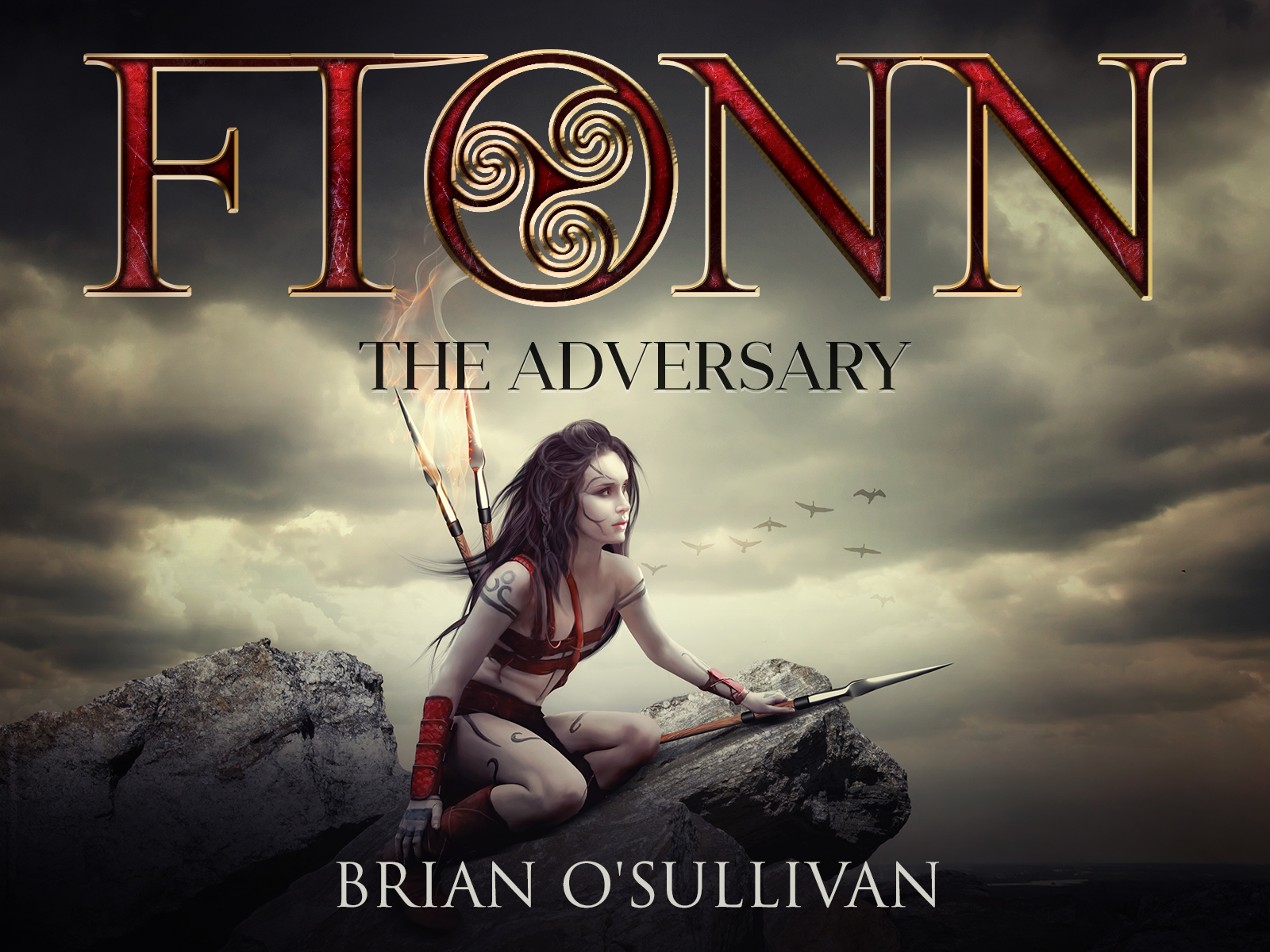
It’s hard to believe that it’s almost four years since I published FIONN 3: THE ADVERSARY – the book that completed the first three-book arc of the Fionn mac Cumhaill Series.
The above image is an alternative cover for that book (developed from a series that the artist went off and created predominantly to satisfy her own creative urgings). An incredibly talented cover designer, she had the whole fantasy genre down to a tee and, hence, thought I’d love what she sent me. And I did – anything this artist does is amazing!
Unfortunately, by then, I’d also been feeling increasingly uncomfortable with having my work locked into the ‘fantasy’ genre, predominantly due to my growing understanding around the confusion between genuine mythology and ‘fantasy’ (particularly where it relates to anything Irish). The over-sexualised imagery that tends to accompany the fantasy genre was also wrong for the kind of books I produce.
In the end, we used a different variant for the cover (using the original photostock – you can see the final here) but I ended up paying the artist for the additional set of images as well. She’d done some amazing work for me in the past and, frankly, she deserved it. Although I’ll probably never use any them, its nice to pull them out on occasion and appreciate the great skill she put into them
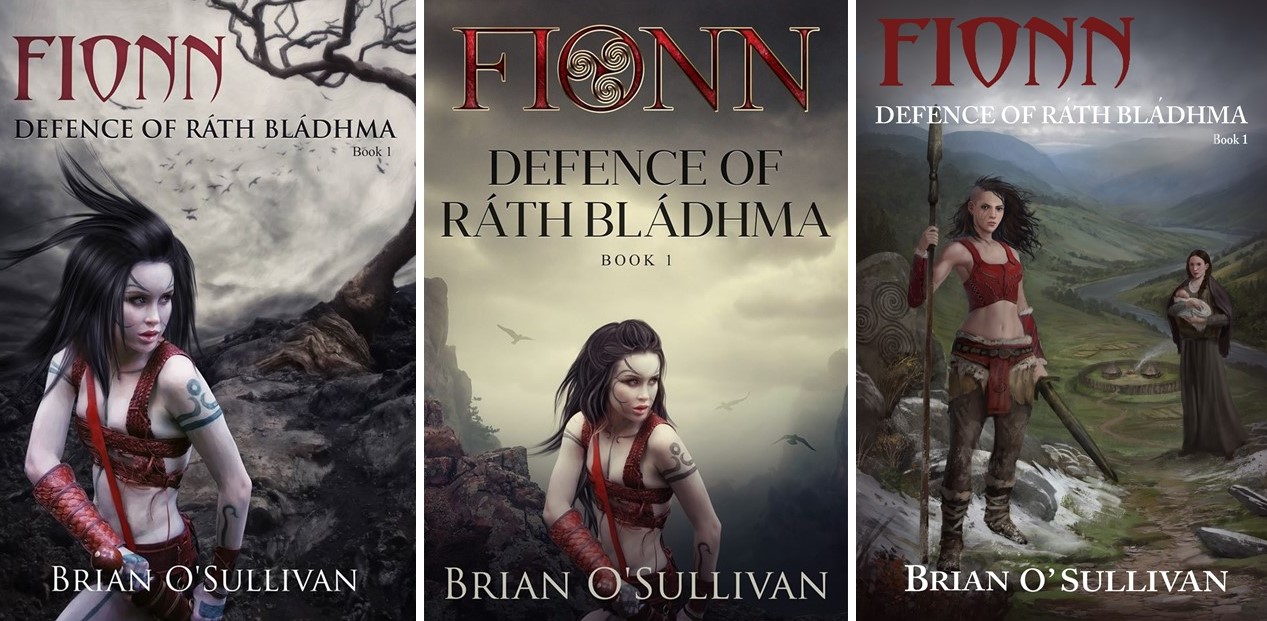
I received one of those social media reminders today that it’s been six years since I first published FIONN: Defence of Ráth Bládhma, an anniversary that’s triggered some quiet reflection for me.
FIONN 1 was actually the second book I ever published (Beara: Dark Legends being the first). It was my first attempt at producing a genuine (as culturally authentic as I could make it) Irish historical adventure/fantasy novel and, to be honest, I had no idea whether people would like it. I’d never written anything similar before and given my insistence on using Irish cultural concepts and – occasionally – language, I assumed most people would be scared off.
Six years later there are four (by December) books in the series as well as a spin-off series (The Irish Woman Warrior Series) which will have three books by the end of the year. It still amazes me that people buy them, even more so when they leave positive reviews.
When I finish a book, it goes from my head and even a few months I struggle to remember even writing it. I reread this book about two years ago and it was a slightly bizarre experience in that it was actually just like reading a book someone else had written. The weirdest thing was that I really enjoyed it and, overall, I thought it was great (!!?). I’m not really sure what that says about me. People often say you can be your own worst critic but I clearly run the other way.
I’d like to say ‘thank you’ to all of you who took the time to read this book and a particular thanks to those of you who were kind enough to go so far as to write a review. For any writer that will always be a buzz, no matter how old the book or how many books they’ve written.
I’ve always had a clear idea in my head where this series was going (and the Liath Luachra Series of course) and although I’m keen to move onto other projects it feels good to be edging closer to the completion of the story, the characters, the twists and the plots I wanted to reveal. Given the growing interest in a television version, this could of course end up going on in a way or a direction I’d never even envisaged but, to be honest, there are a thousand other things I need/want to do.
I think some stories never end.
Note: The above image shows the development of the cover since my initial amateurish introduction. The current cover is the image seen below.
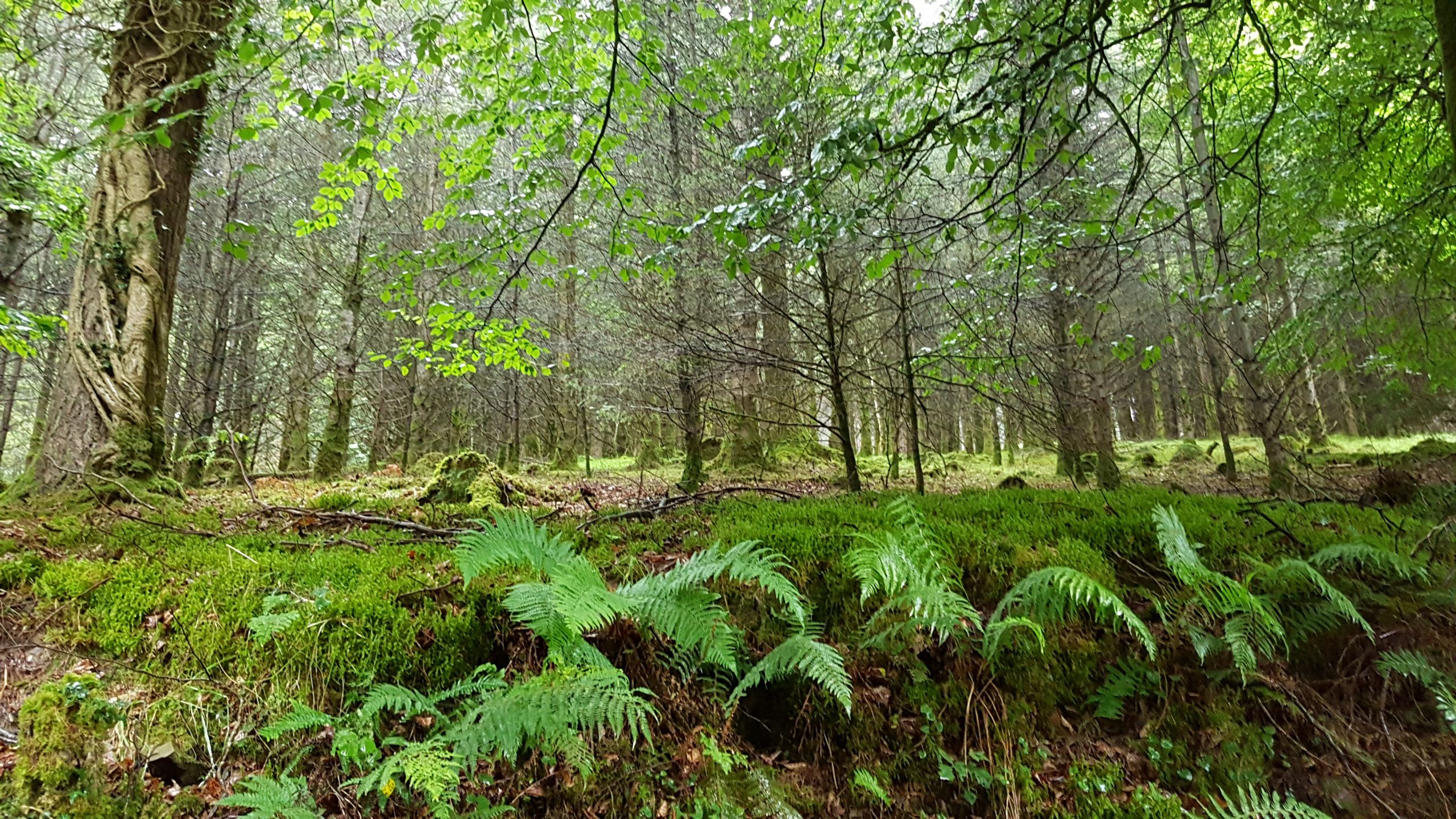
The original stories from the Fenian Cycle (the stories of Fionn mac Cumhaill and the warrior band mistakenly called Na Fianna by medieval and later writers) are believed to have first originated in Leinster (that’s on the eastern side of Ireland if you’re unfamiliar with it) which is why so many of the Fionn mac Cumhaill stories take place in that region. Over the subsequent centuries however, as the character’s popularity increased, professional storytellers from other parts of the country also started to adapt the tales for their local audiences and often incorporated nearby topographical features that these audiences would be familiar with. That’s why, today, you’ll struggle to find anywhere in Ireland that doesn’t have at least some kind of reference to Fionn or the Fianna.
The twelfth century Macgnímartha Finn (The Boyhood Tales of Fionn) on which the Fionn mac Cumhaill Series is based, retains those very strong links to Leinster. Here’s a map showing some of the key locations:
Many of these place names may pose a challenge for non-Irish speakers to pronounce but why not have a go and then check it against the audio guide to see how close you were.


Even in contemporary times, we continue to pass on mistakes and errors of record, particularly where it relates to Irish mythology. Sometimes however, these mistakes are quite entertaining in their own right.
One of my favourites is the famous ‘Tests of the Fianna’ – a set of difficult trials which ancient Irish warriors reportedly had to pass if they wished to enter Fionn mac Cumhaill’s famous ‘Fianna’ war band. This set of trails is most well known as a result of T. W. Rolleston’s book Myths and Legends of the Celtic Race (first published in 1911) but it’s highly likely he originally gleaned the reference from Seathrún Céitinn’s flawed ‘Foras Feasa ar Éirinn’ (completed in 1634). Rolleston couldn’t speak Irish so he anglicized ‘Fionn’ to ‘Finn’ and his ‘Tests of the Fianna’ goes as follows:
“In the time of Finn no one was ever permitted to be one of the Fianna of Erin unless he could pass through many severe tests of his worthiness. He must be versed in the Twelve Books of Poetry, and must himself be skilled to make verse in the rime and metre of the masters of Gaelic poesy. Then he was buried to his middle in the earth, and must, with a shield and a hazel stick, there defend himself against nine warriors casting spears at him, and if he were wounded he was not accepted. Then his hair was woven into braid; and he was chased through the forest by the Fianna. If he were overtaken, or if a braid of his hair were disturbed, or if a dry stick cracked under his foot, he was not accepted. He must be able to leap over a lath level with his brow, and to run at full speed under one level with his knee, and he must be able while running to draw out a thorn from his foot and never slacken speed. He must take no dowry with a wife.”
Generally speaking therefore, the ‘Test of the Fianna’ are usually summarised as follows:
Candidates for the Fianna must display competence in:
1. Jumping over a branch as tall as yourself
2. Running under a stick placed at the height of your knees
3. Plucking a thorn from your foot as you run at top speed (assuming you stuck one in there in the first place!)
4. Running through the forest without breaking one single twig under your foot, or tearing your clothes/hair braid on a bush
5. Learning 12 books of poetry off by heart (despite the fact that this was prehistory and there were no books in the country, not to mind the actual skill of literacy)
6. Standing in a hole up to your waist and defending against nine warriors, using only a shield and a hazel stick (because trench warfare was … er, a thing)
7. And er, …. taking no dowry with a wife.
To this day, many Irish people still refer to these tests and most have at least a passing familiarity with them. Although, if you think about it for a moment, the tests couldn’t possibly have any kind of veracity, people continue to pass them on because:
(a) they enjoy the concept; and
(b) they like lists.
I have to admit, the naive simplicity of the ‘Test for the Fianna’ has always appealed to me as well which is why it’s used in my own Fionn mac Cumhaill Series (although, to be fair, I take it all far less seriously).
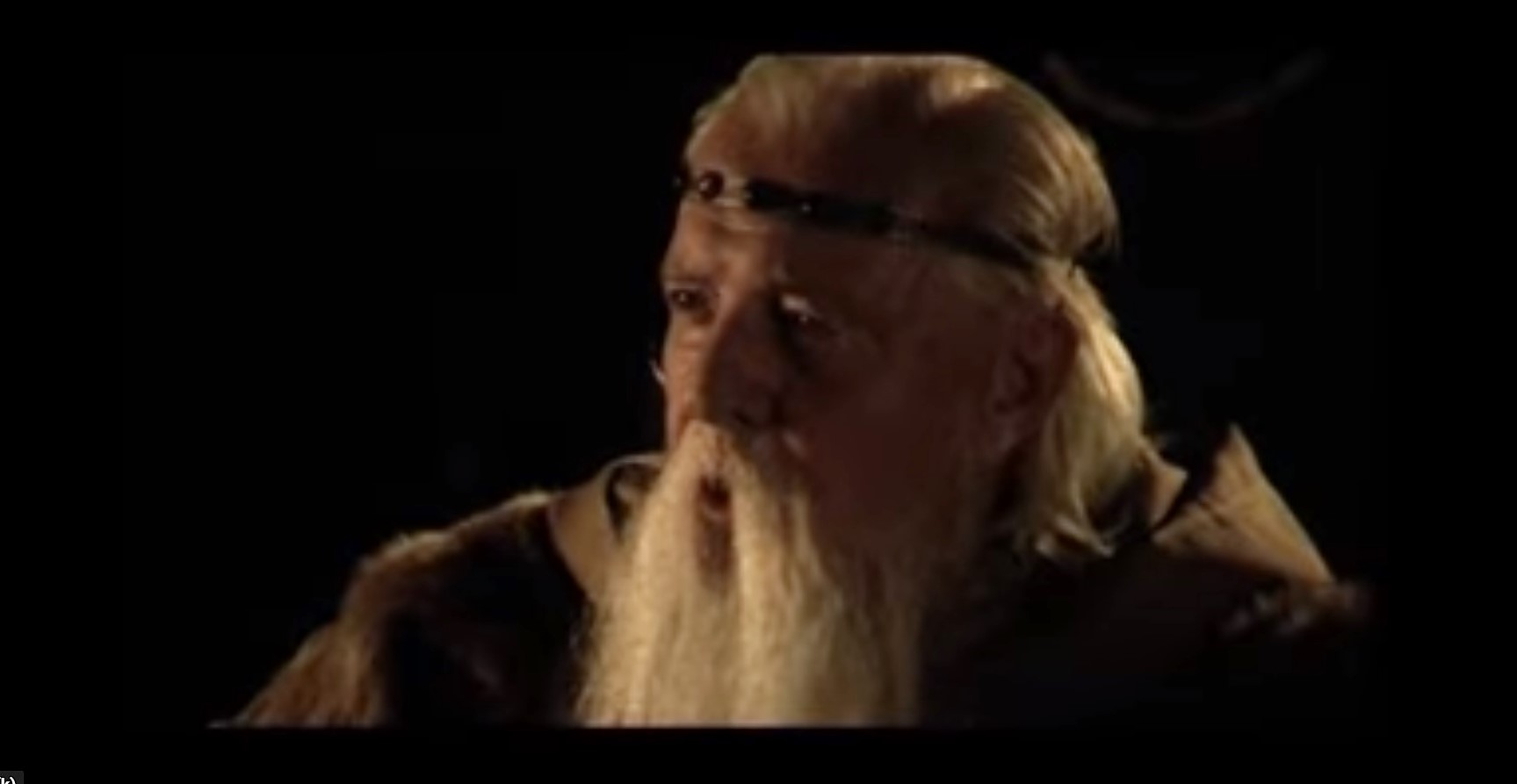
Because I tend to focus predominantly on culturally accurate Irish ‘mythology’, I come across a lot of examples where that mythology ends up being misrepresented or manipulated into something it’s not. This is what we find with the following teaser trailer for a film called “Finn MacCool” (sadly, despite the character’s Gaelic origins, the Gaelic name wasn’t used).
As far as I can tell, the trailer is a promotional piece because the film was never made. This happens sometimes when a movie’s being proposed and talked-up but no funding’s obtained to complete it. Either way, though, you have to give the producers credit for using Irish actors (or at least someone who can successfully put on an Irish accent – not looking at you, Tom Cruise and Christopher Walken!) although the Ming the Merciless character who plays … actually, I’m not entirely sure who he’s meant to be, does seem a bit miscast. Having such a strong Dublin accent several centuries before Dublin ever came into being, well….
It’s easy – and probably unfair – to mock the trailer as it obviously had a tiny budget and it’s very much a product of its time (I had thought it dated from the seventies or eighties but it was actually prodcued in 2004/2005). The limited budget probably led to the strange hair-dos and dodgy special effects, although the scale of the battle scene is quite impressive. The latter is marred somewhat however, by the way the people who get killed spin off in a pirouette (twirling off to the ground with an enthusiasm they clearly didn’t have when they were fighting). In some ways, it looks as though the battle scenes were choreographed by Ballet Ireland!
It’s harder to be forgiving about the plot however, which seems to involve Fionn – sorry, Finn – fighting Vikings (who didn’t turn up in Ireland for another 700-800 years after the time period which the Fenian Cycle is usually associated with).
I used to be more cynical but, over the years, I’m actually grown fonder of this piece of this piece film as it’s a useful reminder of how people saw the whole Fenian Cycle twenty years ago, how insecure we were in terms of our own culture and how easily we were influenced in our attempts to adapt our stories to monkey overseas productions. At the same time, I also have to give credit where credit is due, in that at least the producers attempted a more Irish production of our greatest mythological hero.
There was a rumour going around some years ago about a movie on Cú Chulainn being developed by Michael Fassbender however that now seems to be languishing in “development hell”. Maybe one day however, we’ll have something to compare with this trailer!
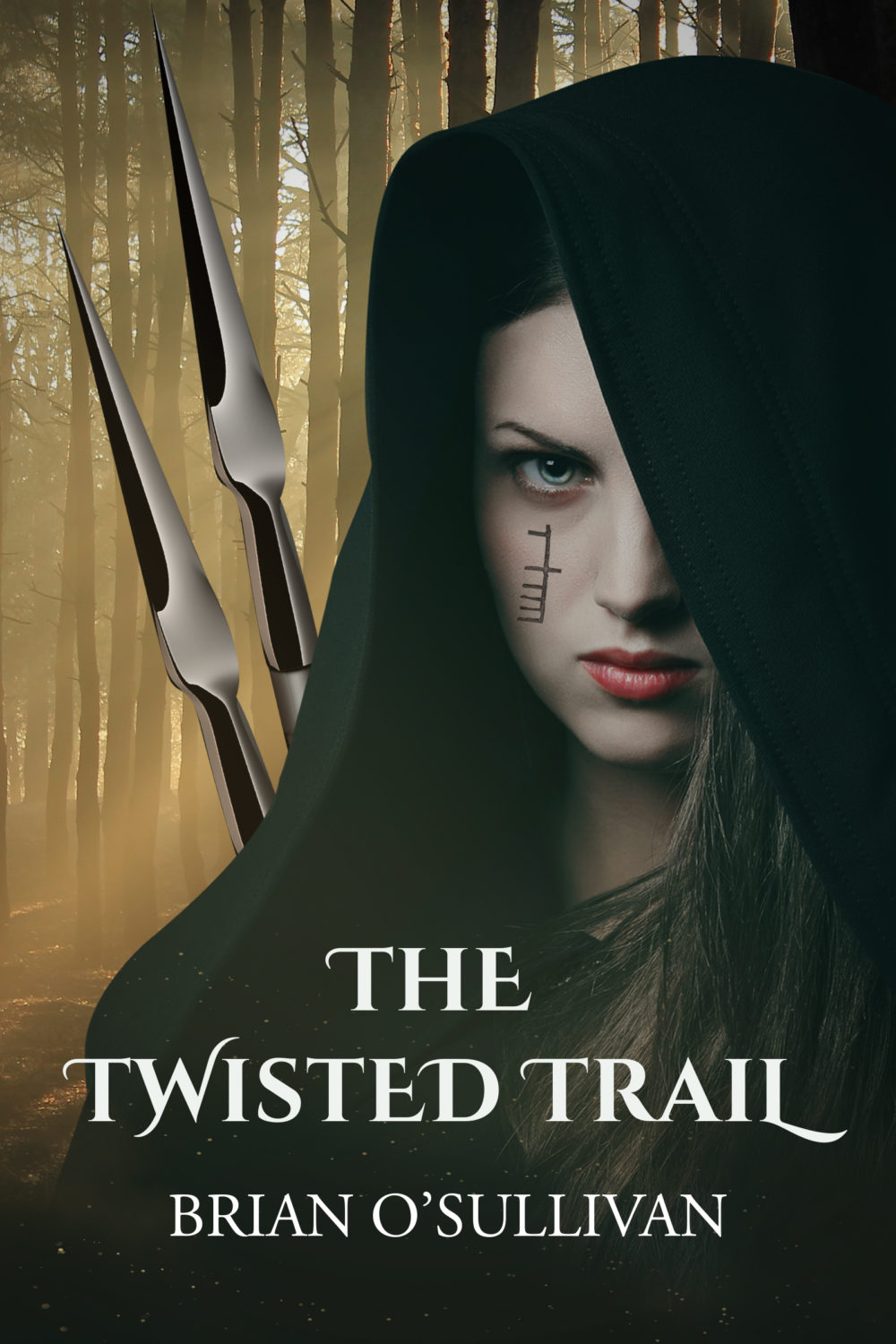
It’s been a hectic few weeks but the next tale in the Fionn mac Cumhaill Series is finally available.
FIONN: THE TWISTED TALE is a short story set four years after the events in the last book in the series (FIONN: The Adversary).
This story is only available in Kindle form (mobi) or in ePUB from (i.e. Apple, Kobo, Nook etc.) in the “Books” section of the Irish Imbas website (HERE). It’s unlikely to be released anywhere else.
THE STORY
This tale involves the woman warrior called Liath Luachra. While out hunting in the Great Wild with seven year-old Rónán and fifteen year-old Bran, she comes across the tracks of a fian (old Irish word for ‘war party’) hunting a solitary traveler who seems bound for the Bládhma hills where Ráth Bládhma (the settlement of Bládhma and Liath Luachra’s home) is located.
The following is a taster for the full story which sits at about 11,500 words. The accompanying glossary may also be useful:
An Poll Mór – The Big Hole (a cave refuge)
Clann Morna – A tribe
Fian – A band of warriors or war party
Fénnid – a member of a fian. The noun can be plural or singular)
Óglach – A young, unblooded warrior (plural: Óglaigh)
Ráth Bládhma – A settlement (literally, the ráth of Bládhma)
A full pronunciation guide is available at the FIONN mac Cumhaill Series Pronunciation Guide
It was a death-sun that revealed the strangers’ tracks south-east of the Bládhma mountains. Sliding in on the heel of dusk, its rare, slanted glare cast a bloodstained hue that illuminated the wide spread of footprints. Liath Luachra, the Grey One of Luachair, regarded them in silence. In all her years travelling that territory, she’d never once encountered evidence of another person’s passage. To find such a number and such a diversity of tracks in that rough and isolated area therefore, was enough to make her gut clench in unease.
Kneeling beside the nearest footprint, she brushed a thick strand of black hair from her face while keeping one wary eye on the surrounding forest. Because of the dense vegetation, there was little enough to see; a dark wall of tall oak trees climbing the ridges to the north and south, the distant blur of the Bládhma mountains peeking above the canopy to the east but no sign of movement or anything else out of the ordinary.
Reassured at the absence of any immediate danger, she bent closer, probing the footprint’s shallow depth with the fingers of her right hand. Conscious of the ruddy evening sky fading to grey, she scraped a piece of dirt free, raised it to her nose and sniffed.
It smelled, naturally enough, of earth. Of The Great Mother’s damp breath.
Tossing the gritty residue aside, she wiped her hand on the leather leggings that hugged her haunches and regarded the two boys standing nervously off to her right. Bran, with fifteen years on him, was more youth than boy but by nature tended to be the more solemn of the two. That sombre temperament was evident now in the furrows that lined his forehead and the nervous manner in which he chewed on his fingernails while studying the erratic mesh of tracks. The youth was visibly troubled by the prospect of strangers in Bládhma territory. Old enough to remember the brutal murder of his parents at Ráth Dearg more than a decade earlier, he was certainly old enough to realise that incursions like this didn’t bode well for anyone.
‘Who are they, Grey One?’
The younger boy, the dark-haired Rónán, had little more than seven years on him but was decidedly more buoyant than his friend. Despite the weight of a wicker backpack across his shoulders – a burden made up of cuts of wild pig from a successful hunt in Drothan valley – he stared down at the scattered tracks with unbridled excitement at such a novel discovery.
The woman warrior shrugged dispassionately. ‘Read the story in the Great Mother’s mantle. Read what the earth shows you and tell me what you see.’
The dark-haired boy reacted to the suggestion with his usual animation, nodding fervently to himself as he moved closer to the tracks. Ever keen to accompany the woman warrior on her forays into the Great Wild, he invariably responded to such tests of his woodcraft skills with enthusiasm. Crouching alongside her, his features fixed into a frown as he chewed on the inside of his cheek in unconscious mimicry. His long hair was held from his eyes by a leather headband but several strands had worked free, prompting him to brush at them with an irritated gesture.
Liath Luachra watched as his gaze fixed on the single footprint in front of him then transferred to the jumbled network of other tracks that surrounded them.
He’s just like Bearach. Happy and eager as an eager puppy.
She suppressed that thought immediately, burying it deep inside her heart, locking it in a dark and forlorn part of herself where she rarely dared to venture. Such memories were places best avoided, dangerous, fathomless chasms it was best not to shine a light down. And some things should never be exposed to the light of day.
‘There’s at least six or seven sets of tracks,’ noted Rónán. ‘The prints are spaced wide apart so they’re travelling fast.’
She nodded, pleased both by the keenness of his observation and the distraction it offered. ‘Yes.’
‘Headed east.’
She inclined her head to her left shoulder but made no response. That simple fact was plain to see from the direction in which the tracks were facing.
Sensing that he’d disappointed her, the boy tried again. ‘They’re men,’ he said warily, as though not entirely convinced of his own conclusion.
Again, easy enough to work out to see from the breadth of the imprints and the depths of their impressions.
‘Yes. But what else? What’s the pattern?’
Rónán looked at the prints once more. Unable to distinguish any obvious configuration, he threw an anxious glance towards Bran but the older boy had already turned away, directing his attention to other more distant tracks.
Realising that there’d be little succour from that quarter, the boy turned back to scrutinise the nearest imprint, bending to examine it more closely in the fading light. Despite staring at it intently for a time, his study produced no fresh intuition and finally, he raised his eyes to the woman warrior, conceding defeat with a frustrated shake of his head.
Liath Luachra had already moved away by then, taking up position at a nearby elm where she leaned casually against the trunk, her backpack pressed against the coarse bark to take some of the weight from her shoulders. She was looking towards the dying sun when she caught the movement of his head from the corner of her eye and, squinting against the ruddy light, she turned back to consider him with an impassive regard.
‘It’s a tóraíocht,’ she said. A pursuit. ‘A group of men are chasing another man, a solitary traveller.’ She gestured towards a particular line of tracks that had a visibly different appearance to the others. ‘See how those footprints look older? The edges are friable, the flat sections drier. All the other tracks are still damp because they haven’t fully dried out. That means they were made more recently, probably just a little earlier this afternoon.’
Rónán thought that explanation through for several moment before raising his eyes to regard her, his lips turned down in a frown. ‘But why are they chasing the single traveller?’
The woman warrior shrugged. ‘You know as well as I, there’s only so much of a story the Great Mother ever shares.’
Bran, who’d been observing their interaction in silence, cleared his throat and shifted his weight awkwardly from one leg to another. ‘Grey One. If they’re travelling east, they’ll strike Ráth Bládhma.’
Liath Luachra rubbed her nose and sniffed.
‘Just because the tracks here show them moving east that doesn’t mean their final destination lies in that direction.’ She gestured loosely towards the forested ridges north and south. ‘In this terrain it makes sense for the intruders to travel east. It’s likely they’ll drift to a different course once the land opens out.’
Bran kept his eyes lowered and made no response but she sensed he was unconvinced by the argument.
Sighing, the Grey One stepped away from the tree, grunting as the full weight of the backpack bore down on her shoulders. ‘Rest easy. Our own course to An Poll Mór follows their trail for a time yet. If they veer off the eastern path, we’ll know they’re no threat to Ráth Bládhma.’
‘What if they don’t veer off?’ asked Rónán.
‘That …’ The woman warrior gave another noncommittal shrug. ‘That is an issue we’ll address if we come to it.’
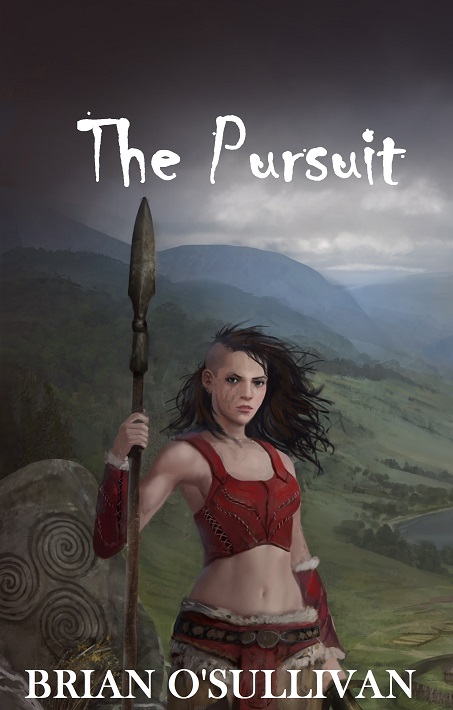
LIATH LUACHRA : THE PURSUIT
Depending on which side of the planet you’re on, the short story LIATH LUACHRA : THE PURSUIT is due for release tomorrow.
Or,… er, the day after.
This follows the adventures of the character best described as “The thinking woman’s warrior!”

The first batch of hardcopies for Fionn: The Adversary arrived in this morning. Fifteen copies and they’re already gone, mostly committed to people who’ve helped with the production, editing, reviewing etc. I think I have a single copy left which is remaining here on the home shelf.
Even after all these years, there’s still a great thrill and satisfaction in seeing all your intellectual work captured and consolidated into physical form. Digital copies are fine but I still prefer the tactile experience of flipping pages and the tangible weight of a book in my hand when I’m reading.

Overall, I’m pretty pleased with the way the book has been received. Given the rush to complete it on time, I was growing too close to the final product by the last stage of edits and found it increasingly difficult to tell whether the story was working as I wanted (really need to work on those self-imposed deadlines!). In the end, I went with gut instinct and the advice of my test readers and editor and, fortunately, that seems to have worked. The reviews to date (on Goodreads – it seems to be getting increasingly harder to get reviews on Amazon) have been extremely positive so that’s a major relief.
Since the publication, I’ve done absolutely no creative writing and have been focussed mostly on editing the next Irish Imbas: Celtic Mythology Collection (due for release this week if everything comes together). The timing for this release has actually been seriously hampered by New Zealand Post losing our final edited version between the north and the south islands (despite having paid for tracking, they were unable to find it). Essentially, NZ Post has been run into the ground by the current New Zealand government over the last few years and can no longer be trusted for even the most basic of deliveries. We certainly won’t be using them again.
Apart from that our monthly newsletter will also be released later this week. I’ll be outlining my next writing projects in that and on this website in a future post.

When I first started writing the Fionn mac Cumhaill Series over two years ago, I was keen to create a realistic, culturally authentic version of the famous Fenian Cycle that was recognisable to Irish readers but also accessible to non-Irish readers. As part of my overall goal with Irish Imbas Books however, I was also keen to use the series as a way of reintroducing lost Gaelic/Irish concepts (that is words, expressions and – more importantly – ways of thinking) that have been lost from common parlance as a result of colonization but which still have significance at a societal level.
This is why throughout the series, you’ll find a constant smattering of words like ‘fian‘, ‘rí‘, draoi, ‘ráth‘, and some others, words that by themselves mean little, but which in the context of Irish/Gaelic culture have a major resonance.
The word ‘Fianna‘ is a classic example of how much was lost. This word – the basis for the contemporary word ‘Fenian’ – is believed by most people (including many Irish people who’ve never been taught any better) to be the name of Fionn mac Cumhaill’s war band. In fact, ‘Fianna’ was simply nothing more than the plural of the ‘fian‘ (which meant ‘war party’). This means that Fionn’s fian was one of a number of such war parties and that they were a recognised dynamic in the society of the time. It’s a little thing, but when you take the downstream consequences of that new knowledge into account you can see how it changes the interpretation of the story.
Trying to balance those competing goals (the requirements of cultural integrity and the requirement to deliver an accessible and enjoyable story to an international audience) can actually be quite a challenge at times. The truth is that any decision you make with one can have a huge consequence with the other.
One of my earliest decisions, for example, was to retain the original Gaelic spelling for the character names (Fionn, Liath Luachra, Bodhmhall, Fiacail etc.) and place names (Seiscenn Uarbhaoil etc.). This demonstration of cultural accuracy – naturally – clashed bigtime with the accessibility goal. For non-Gaelic speakers, Irish names can be the equivalent of having a broken stick in your mouth – whatever comes out is going to come out mangled! Anyone used to thinking in English – understandably – struggles with the unfamiliar combination of vowels and consonants.
Naturally, the advice I received from everyone was to use an anglicization of the names to make the reader more comfortable. After all, that’s why in the early days Fionn mac Cumhaill’s name was anglicized to the meaningless ‘Finn Mac Cool’. Sure, the latter is easier to say for an English speaker but the English name doesn’t carry the strong cultural associations of the Irish one (Fionn means ‘fair-headed’ but also has related connotations of ‘insightfulness’ etc.). ‘Finn’ is a meaningless term that includes no such depth or resonance (and, here, I’ll have to apologise in advance to those parents who’ve gone and named their kids, Finn!).
If you’ve read any of the Fionn mac Cumhaill Series books, you’ll already know I went with my heart rather than my head on this particular issue (although I did soften the challenge for readers by providing an audio pronunciation guide). In some respects that actually seems to have paid off in that readers predominantly respect what I’m trying to achieve and have demonstrated immense patience and willingness to overcome the temporary pronunciation challenge. At the end of the day, I guess what my experience has really demonstrated is that if you produce something that’s good enough/intriguing enough/interesting enough for people to enjoy, they’ll put up with your whims and even support you.
As an aside, here’s a question I once held up at Irish cultural/heritage class I was running:
How would you pronounce the following?
Everyone in that group of attendees (about 18) was able to pronounce at least four of those names and where they couldn’t they knew exactly what that person had achieved as part of their creative career.
Basically, culture is not a barrier to success unless you let it be.
And, seriously! If an English speaker can manage to pronounce Schwarzenegger, Fionn is never going to be a problem.
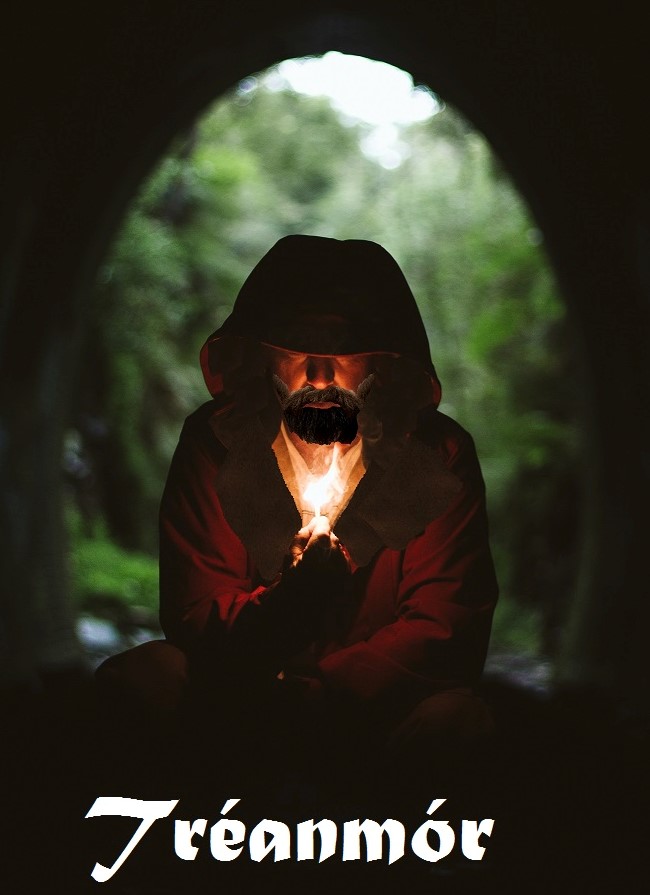
Within the Fenian Cycle, the character of Cumhal (Fionn mac Cumhaill’s father) is sometimes referred to with the interesting patronymic “mac Trénmóir” (or “mac Tréanmór” or in modern Irish) which, literally, means ‘Strong-Big’. This unlikely name is believed to originate from genealogists of the seventh century Leinster families who were keen to link the famous hero to their own ruling dynasties – even if they had to bend the truth to do so.
Apart from those original references, there’s no other mention of Tréanmór within the various historical narratives (which, given its invention, is hardly a surprise). That said, there is a hill called Comaghy Hill in County Monaghan which holds a large grave that’s fancifully claimed to be the spot where he was buried.
This lack of definition around a character who should play an important role in the Cycle (he is Fionn/Demne’s grandfather, after all) provides a lot of room for creative licence and I’ve taken full advantage of that, of course. Over the last twelve months I’ve had a lot of fun creating the character to fit in with the ongoing Fionn mac Cumhaill Series. As a result, for the next book in the series (The Adversary) Tréanmór plays a much larger role than in any other version of the Fenian Cycle in recent times (truth be told, I’ve yet to come across any literary use of the character in the last 100 years!).

Developing the Character of Tréanmór
When developing the character of Tréanmór I was keen to incorporate the world of 2nd century Ireland and link him to some of the issues associated with the tribal society that existed at the time (and which – amazingly – very little literature on Fionn mac Cumhaill refers to). In The Adversary therefore, Tréanmór holds the title of rí – chieftain – of Clann Baoiscne.
Back in the second century, a person’s tribe would not only have played a dominant part in that individual’s personal identity but in his/her entire social interaction as well. Dominant, shrewd, politically astute and completely ruthless, in this particular story, Tréanmór’s driving motivation is the expansion of the Clann Baoiscne tribal powerbase, an objective that’s often attained at the expense of friends and family members. For that reason, although he’s her father, Bodhmhall knows she cannot completely trust him and this becomes clear from the very first reference to him (when Demne – or Fionn – asks about the fortress of Dún Baoiscne:
‘Will we see my grandfather there?’
‘Tréanmór? Yes. As rí of Clann Baoiscne, he rules the stronghold.’
‘Is he nice?’
Bodhmhall blinked, taken aback by the simplicity of the question, the naive reduction of people to those who were ‘nice’ or ‘not nice’.
‘In some ways he is … nice. In other ways, he is not.’
The boy frowned at her. ‘Well,’ he persisted. ‘Do you think he’s nice?’
‘No,’ she admitted. She shook her head. ‘No, I don’t.’
And then of course there’s the little issue of the reason Bodhmhall was expelled from the fortress of Dún Baoiscne in the first place.
In this book, the character of Tréanmór tends to dominate many of the scenes, some of which involve dramatic verbal duelling between himself and Bodhmhall, who also has to contend with his ‘Whispers’ and his ‘Cúig Cairdre’ – his ‘Five Friends’. This has been a lot of fun to write.
This kind of creative licence is one of the things I most enjoy about writing with Irish mythology and lore. The original Fenian Cycle is strong enough and linear enough to provide the basis of the story but it’s also broad enough to allow immense creativity, even when the story needs to align with the historical realities of the period. It really doesn’t get better than that!
The Adversary is expected to be available at the end of February 2017.
Bored? In need of scintillating cultural stimulation?
Then consider our monthly newsletter (below). More in-depth articles on Irish culture (contemporary or historical), mythology/ folklore, occasionally news on new books, writing or other things that amuse us.